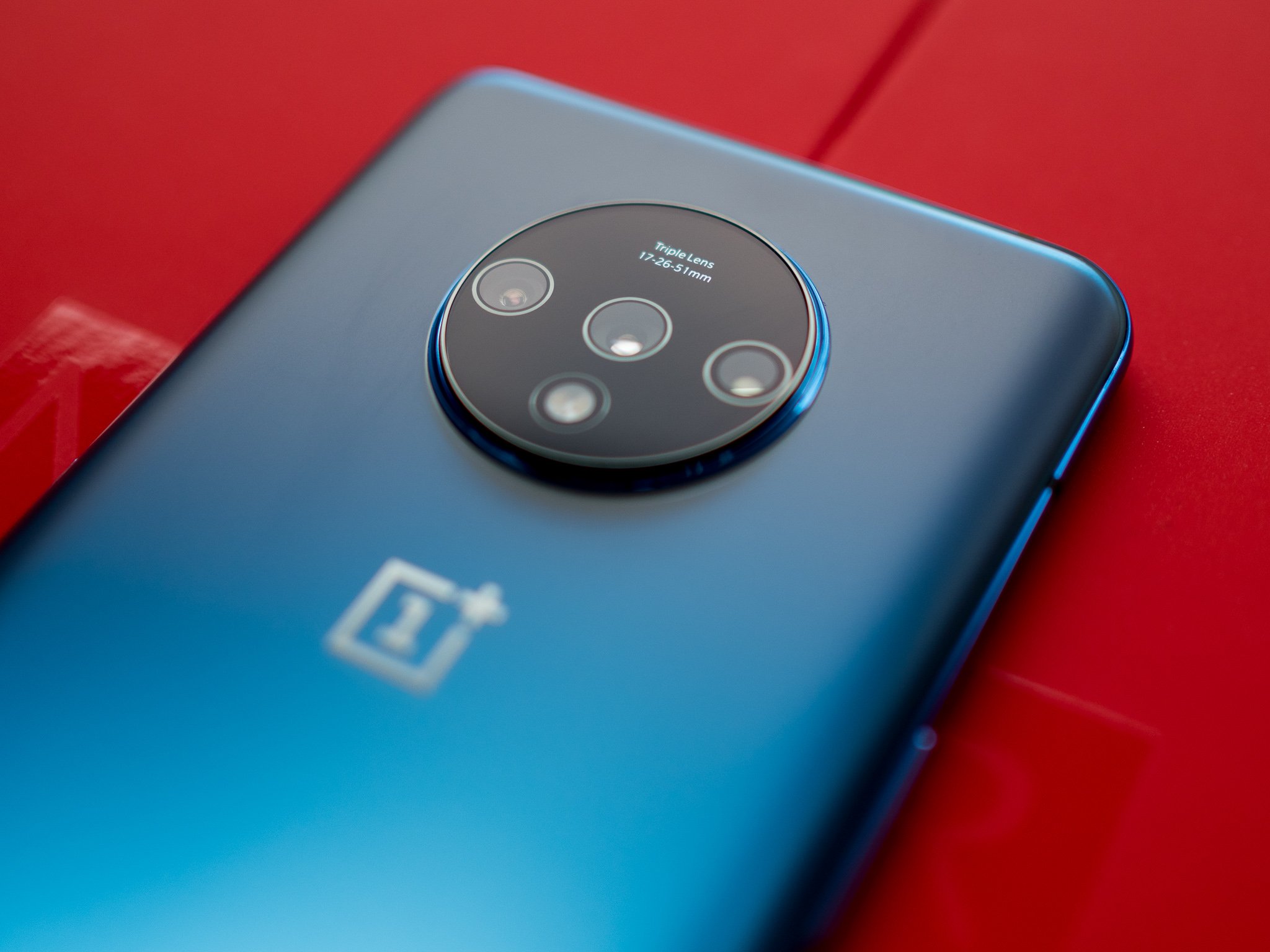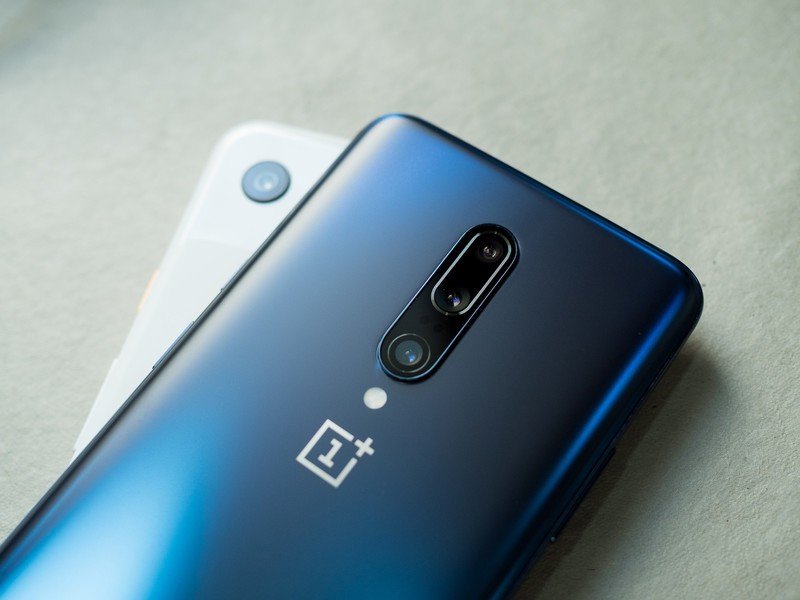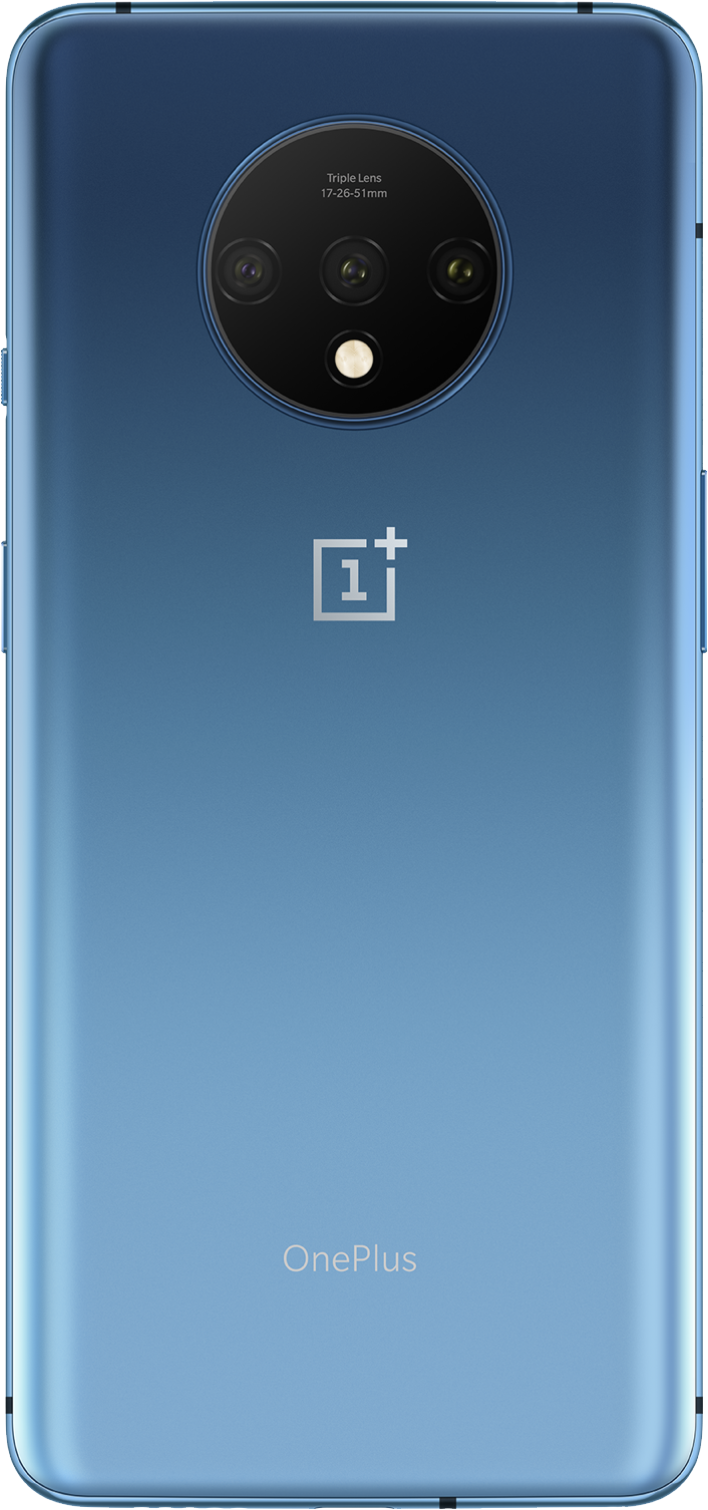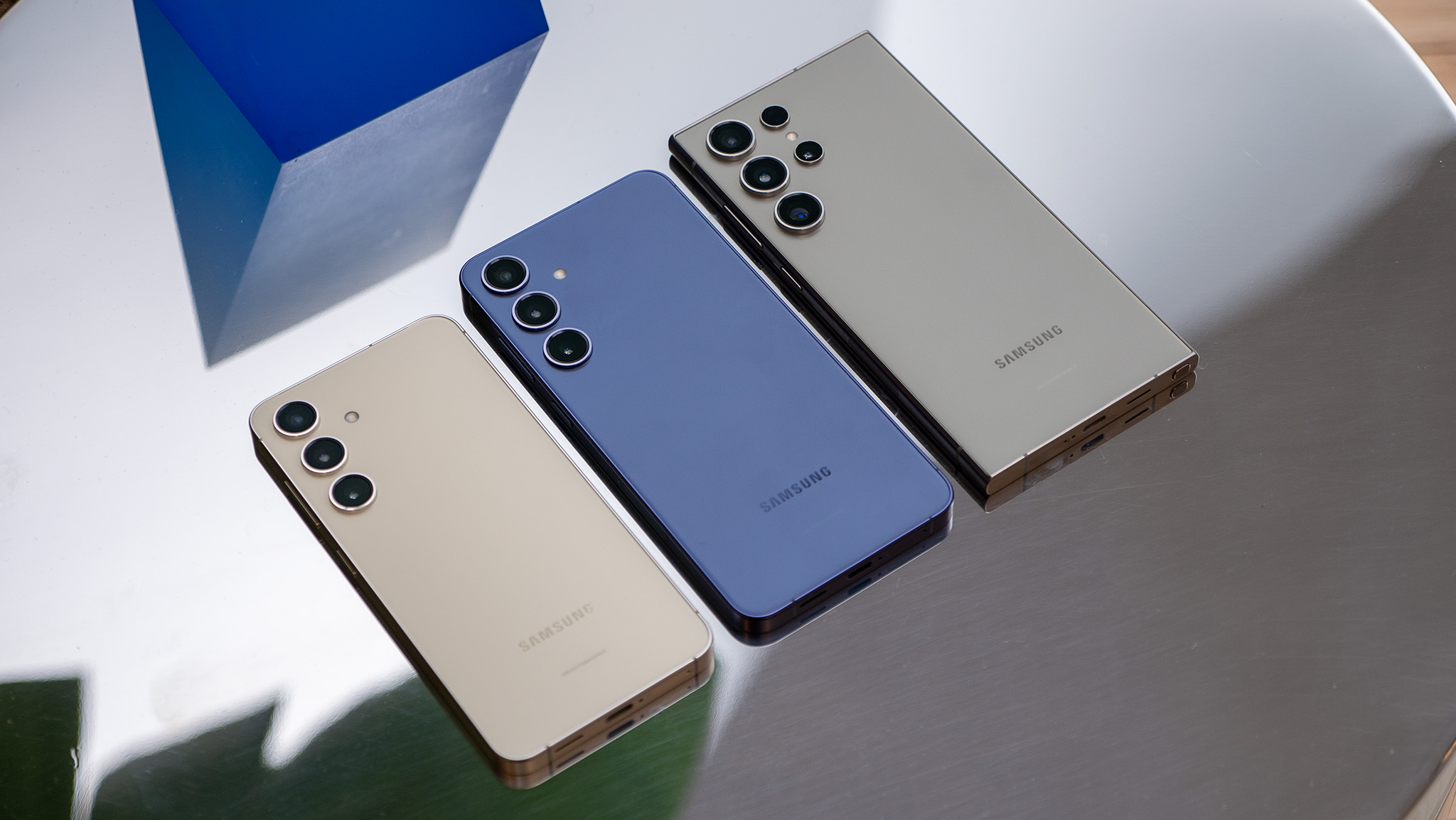OnePlus 8 needs to deliver a camera that can take on Samsung and Google

OnePlus makes some of the best Android phones money can buy. The brand's obsession with performance has allowed its phones to stand out, and last year, in particular, was a coming-of-age moment. OnePlus successfully rolled out two different product lines in the OnePlus 7 Pro and the OnePlus 7T, and the latter turned out to be an incredible value for the hardware on offer.
OnePlus also overhauled its software, and continual tweaks to OxygenOS have made it the best skin you'll find on Android. The interface is devoid of any bloat and has useful additions that give it an edge over Android One devices.
But one area where the brand has continued to struggle is imaging. While the hardware on a OnePlus phone is comparable to that of any Samsung or Huawei flagship, its cameras never measured up to the best that Android has to offer. To rectify the issue, OnePlus set up a dedicated camera lab in Taiwan, bringing together its disparate imaging teams under one roof.
Samsung and Google made huge gains in imaging, and OnePlus needs to match that with the OnePlus 8.
With the OnePlus 8 on the horizon, OnePlus needs to deliver a camera that can hold up to what Google, Samsung, and Huawei have to offer. Samsung made considerable gains in this area with the Galaxy S20 series, with its 2020 flagships touting exciting new camera modules — including a 108MP lens and 100x hybrid zoom.
But what's even more impressive is that Samsung made key changes to its software processing algorithms, leading to vastly improved photos from previous generations. Samsung has also ventured into 8K video with the S20 series, giving it an added edge.

Then there's Google: while the search giant's Pixel 4 series hasn't received the same level of acclaim as Samsung's flagships, it does feature a camera that takes incredible shots in just about any lighting scenario. Huawei also made decent gains in this area over the last 12 months, but the Chinese manufacturer's tribulations with the U.S. government — and the fact that it cannot offer Google Mobile Services anymore — make it a non-starter in Western markets.
OnePlus doesn't have any excuses anymore in 2020 — its cameras need to take outstanding photos in any lighting condition.
Specs are no longer a differentiator in 2020. With phones under $500 featuring the latest hardware and 5G, the only reason to pay close to a $1,000 for a "true" flagship is for the cameras. OnePlus did a lot better in this area last year, but its devices just lacked that final bit of quality that separates a great camera from an average one.
Be an expert in 5 minutes
Get the latest news from Android Central, your trusted companion in the world of Android
OnePlus' camera foibles were excused away by the fact that its devices were sold at a bargain when compared to the likes of Samsung and Google, but with the company slowly encroaching on that $1,000 retail price, it is running out of excuses. The OnePlus 7 Pro put OnePlus firmly in the high-end territory, and with this year's model set to feature a 120Hz AMOLED display, 5G connectivity, and even wireless charging, it is entirely possible we'll be looking at a retail price of $900 or $1,000 — the same as the Galaxy S20.
A passable camera just doesn't cut it at that price. There are key areas that need to be addressed: the 7 Pro and 7T fared very well in bright or daylight shooting scenarios, but in low-light, the flaws with the cameras became very evident. OnePlus absolutely needs to nail the performance in all shooting conditions this year, and it also needs to do a better job with color consistency across all of its modules. The 7 Pro's wide-angle lens had wildly inaccurate color balance out of the box, and you couldn't even shoot video with the module.
OnePlus needs to address these shortcomings for its 2020 portfolio to stand out. In previous years, its main rivals on the camera side of things were ASUS and Xiaomi. But with the brand increasingly inching its way to true flagship territory, it needs to deliver cameras that are just as good. After all, you wouldn't want to settle for anything less.

Sublime display, incredible software
The OnePlus 7T has a lot going for it, including a vibrant 90Hz AMOLED display, Qualcomm's Snapdragon 855+ chipset, 6GB of RAM, and 128GB of UFS 3.0 storage. You also get decent battery life, and OxygenOS continues to be the best Android skin. The 48MP camera may not be at the same level as Samsung or Google, but you get decent shots, and the value here is hard to beat.

Harish Jonnalagadda is Android Central's Senior Editor overseeing mobile coverage. In his current role, he leads the site's coverage of Chinese phone brands, networking products, and AV gear. He has been testing phones for over a decade, and has extensive experience in mobile hardware and the global semiconductor industry. Contact him on Twitter at @chunkynerd.
